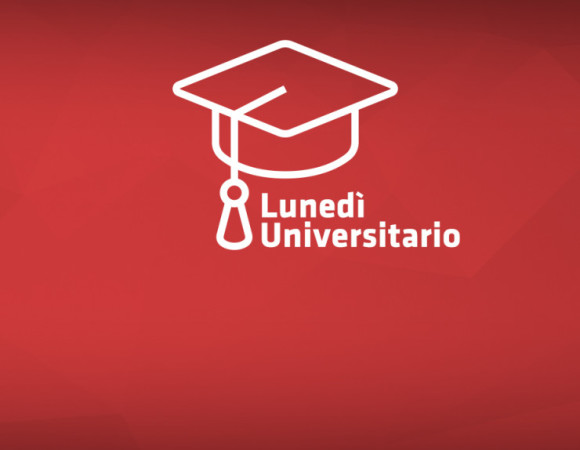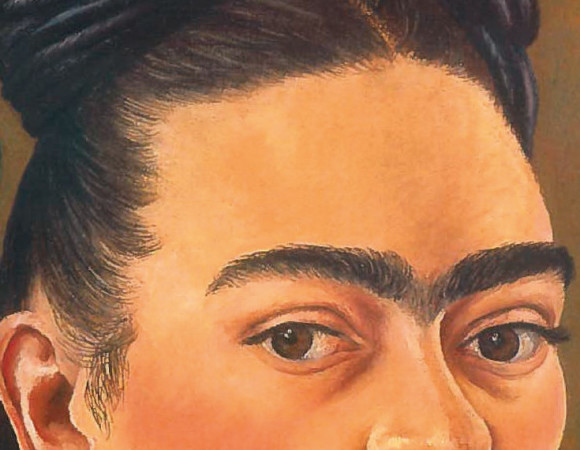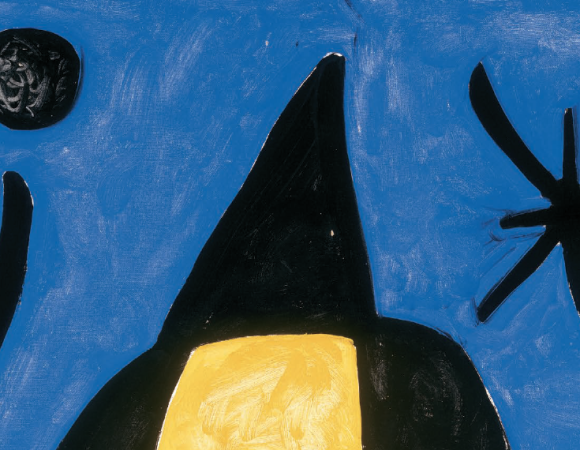TUTTI I LUNEDì GLI STUDENTI, MUNITI DI TESSERINO, SENZA LIMITI DI ETÀ
POTRANNO VISITARE LA MOSTRA ALLA TARIFFA DI € 10 (ANZICHÉ € 15) con audio guida e DI €9 (ANZICHÉ € 13)
 0
0
 0
0
TUTTI I LUNEDì GLI STUDENTI, MUNITI DI TESSERINO, SENZA LIMITI DI ETÀ
POTRANNO VISITARE LA MOSTRA ALLA TARIFFA DI € 10 (ANZICHÉ € 15) con audio guida e DI €9 (ANZICHÉ € 13)
 0
0
Vuoi fare un regalo fuori dal comune ed essere originale?
Acquista un biglietto della mostra da regalare a chi vuoi.
Sarà valido per un ingresso da utilizzare per tutto il periodo di mostra.
(Acquistabile presso la biglietteria della mostra e online)
 0
0
Unico cinque stelle Lusso dell’Emilia Romagna.
Simbolo dell’accoglienza made in Italy, il Grand Hotel Majestic “già Baglioni” si trova in un palazzo del XVIII secolo nel cuore di Bologna. Storia e arte incontrano lo charme aristocratico in ciascuna delle 109 camere dell’hotel, apprezzate per comfort e design da una clientela italiana e straniera.
Custode del lusso, tra preziosi drappeggi, dipinti, ceramiche e marmi d’epoca l’antica residenza è location tra
le più eleganti e originali di Bologna, l’ideale per abbandonarsi al relax coccolati dalle specialità tipiche della cucina della tradizione italiana nelle atmosfere uniche del Ristorante I Carracci, abbracciati dai dipinti firmasti dalla scuola dei fratelli Carracci.
 0
0
 0
0